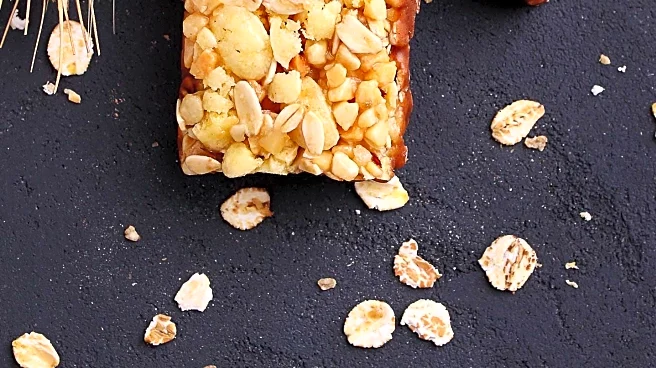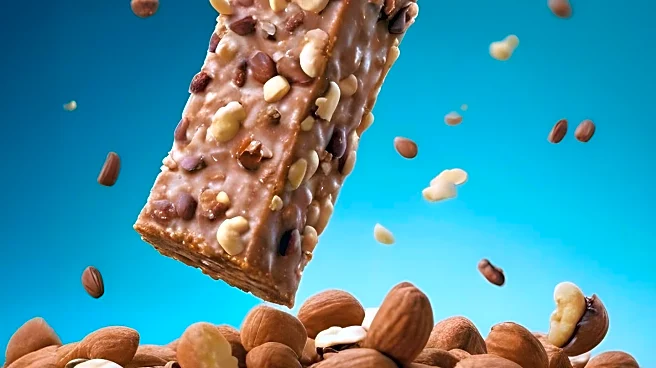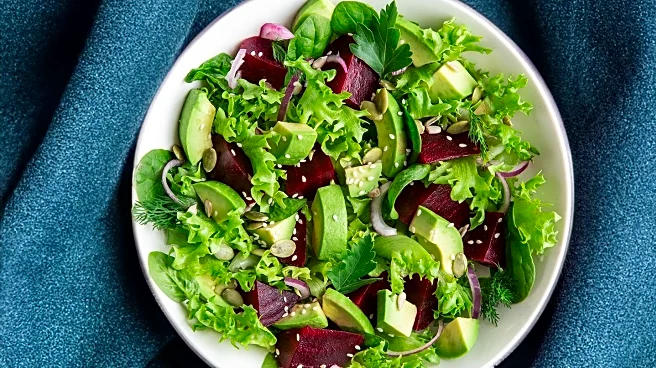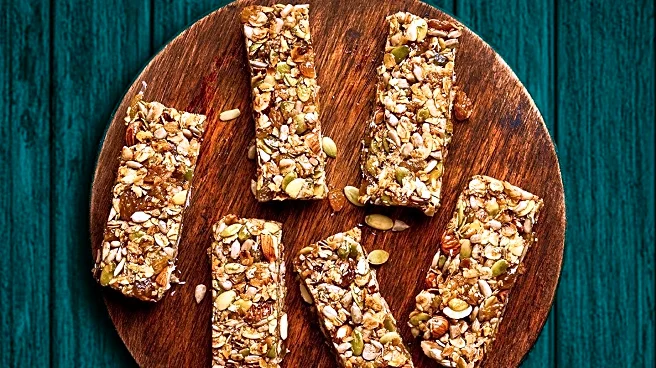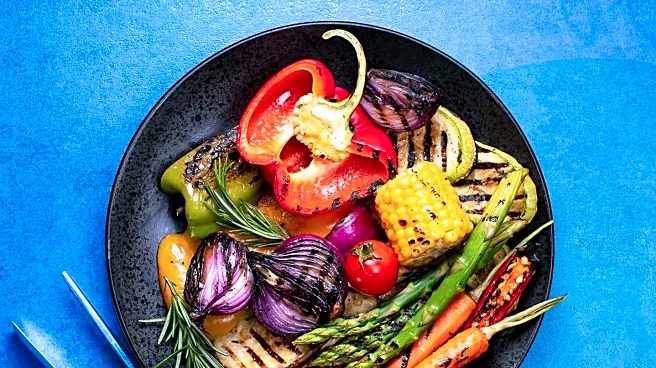Rapid Read • 9 min read
The Viking diet, inspired by the eating habits of ancient Scandinavian warriors, is experiencing a resurgence as people seek healthier and more authentic food choices. This diet emphasizes whole foods such as meat, fish, nuts, seeds, fruits, and vegetables, aligning with the ancestral diet concept that prioritizes nutrient-rich foods directly sourced from nature. Unlike early ancestral diets, the Viking diet includes grains and dairy, offering a broader nutritional profile. The diet's popularity is partly driven by social media platforms like TikTok, where Viking-inspired recipes are shared widely. Culinary archaeologist Daniel Serra has researched Viking-age food habits, revealing a diet rich in fish, vegetables, and grains, which provided balanced nutrition. The Viking diet's focus on locally sourced, seasonal foods also aligns with modern environmental sustainability interests.
AD
The growing interest in the Viking diet reflects a broader shift towards less processed and more sustainable eating habits. As people become increasingly aware of the health risks associated with ultra-processed foods, diets like the Viking diet offer a way to reconnect with natural food sources. This trend could influence public health policies by encouraging the inclusion of whole foods in dietary guidelines. The emphasis on fish, vegetables, and whole grains aligns with current health advice promoting cardiovascular and digestive health. Additionally, the Viking diet's focus on locally sourced foods supports environmental sustainability, appealing to those interested in climate-conscious eating. The diet's resurgence highlights a cultural interest in heritage and ancestral eating patterns, potentially impacting food industry trends and consumer preferences.
As the Viking diet gains traction, it may lead to increased demand for locally sourced and seasonal foods, influencing agricultural practices and food supply chains. Nutritionists and health professionals might further explore the diet's benefits, potentially integrating its principles into dietary recommendations. The food industry could respond by offering more Viking-inspired products, catering to consumers seeking authentic and sustainable options. Social media will likely continue to play a role in popularizing the diet, with influencers and content creators sharing recipes and lifestyle tips. The diet's emphasis on whole foods may also inspire new culinary innovations, blending traditional Viking ingredients with modern cooking techniques.
The Viking diet's resurgence raises questions about the cultural romanticization of historical lifestyles. While the diet offers health benefits, it also reflects a desire to escape modern stressors and reconnect with simpler times. This trend underscores the importance of balancing historical curiosity with practical dietary choices. The diet's focus on natural food preservation methods, such as fermentation, highlights potential benefits for gut health, offering insights into ancient culinary practices that could inform modern nutrition science. As interest in the Viking diet grows, it may also spark discussions about the ethical implications of consuming certain animal products, encouraging more sustainable and humane food sourcing practices.
AD
More Stories You Might Enjoy


